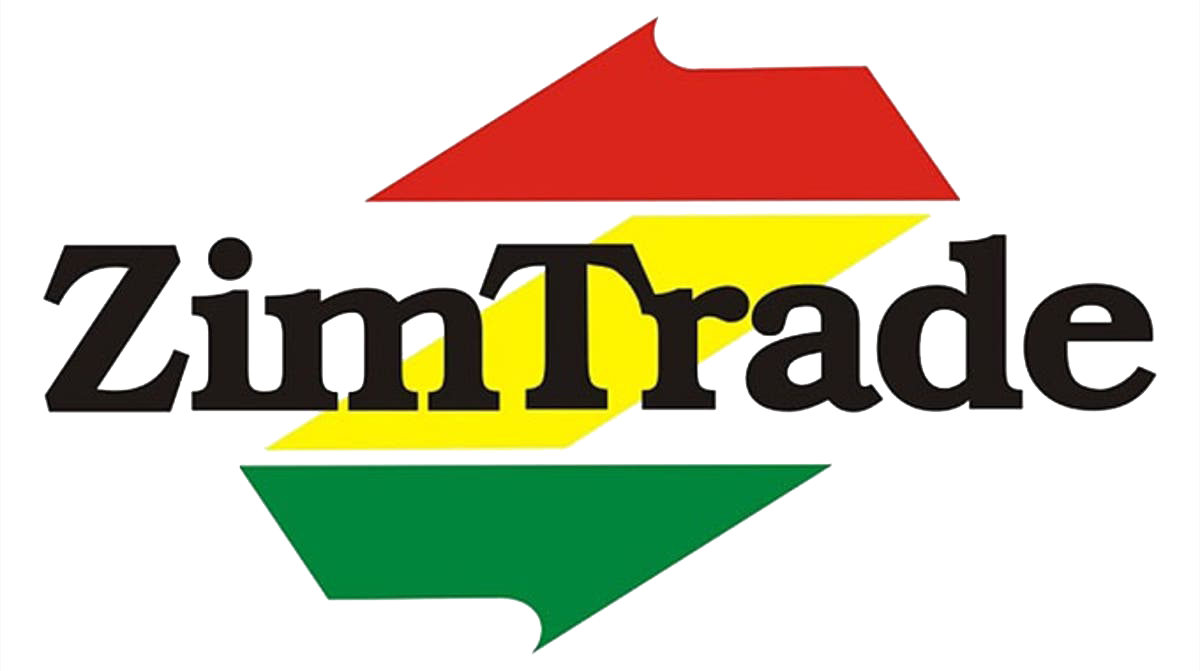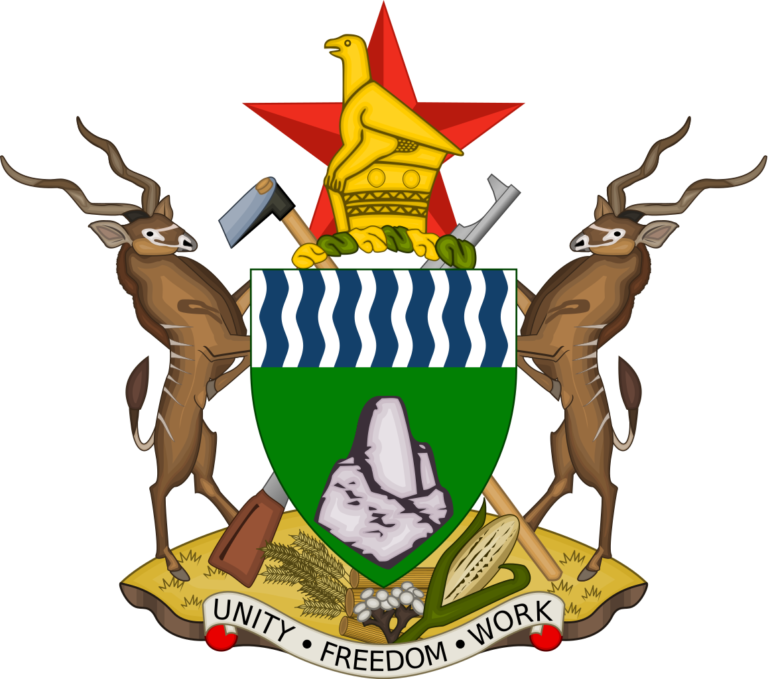Moringa oleifera is a drought-resistant plant/tree, that is widely grown in the tropical and sub-tropical regions. Many parts of the Moringa tree are edible, from the immature seed pods, leaves, mature seeds, oil pressed from seeds, flowers to the roots. Use of the plant varies from region to region. The plant’s dried leaves have increasingly become popular as a food supplement due to its wide-ranging health benefits. Moringa is known to contain high levels of antioxidant chemicals, with the leaves being the most nutritious part of the plant being rich in Vitamins B, C, K, manganese and protein.
Because of the plants’ health benefits, demand for Moringa has increased in the European market (largely Germany, UK, Austria and The Netherlands). Moringa is generally marketed on the premise that the plant increases energy levels, improves immune health and supports weight management amongst other benefits. Currently India is the largest supplier of Moringa to Europe, with smaller players such as Kenya, South Africa and Mozambique also starting to take a share of the huge demand that the product enjoys in the EU market.
According to Indian reports, the global market for Moringa stood at approximately 363 million euros in 2016 and is expected to increase to 626 million euros by 2020. The plant trades under the HS code for Other dried vegetables, whole cut, sliced, broken or in powder. According to Trade Map, in 2017, Europe had a US$2 billion demand for the product group, with the bulk of the value being Moringa imports. The demand for this product category (other dried vegetables, whole cut, sliced, broken or in powder) in Europe has grown by 27% from US$1.5 billion in 2013 to US$2 billion in 2017.
There is currently a duty of 7.2% on Indian Moringa exports to the EU. Zimbabwean producers can therefore take advantage of the I-EPA agreement which allows Zimbabwean products duty-free entry into the EU. In addition, Zimbabwe has ideal climatic conditions to commercially grow moringa. The plant is mostly suited to grow in dry regions and can be grown using rainwater alone. The Moringa tree flourishes under neutral to slightly acidic well-drained sandy or loamy soil but can also withstand a diverse variety of soil conditions. Moringa trees grow well from both seeds and cuttings and start to bloom after as little as eight months, even in relatively poor soils.
For Moringa oleifera to be accepted into the European food supplements market, producers need to conform to the stipulated legal requirements for natural ingredients for health products. Some of the requirements include the general food law, food safety standards, EU legislation for food supplements (covering labelling and composition requirements). Due to the dominance of India on the Moringa market, potential producers of the product are advised to ensure consistency in supply and quality. New producers of the Moringa oleifera can also create a niche market by producing organic moringa, which is currently under-supplied.
Publish Date: Friday 12 October 2018

